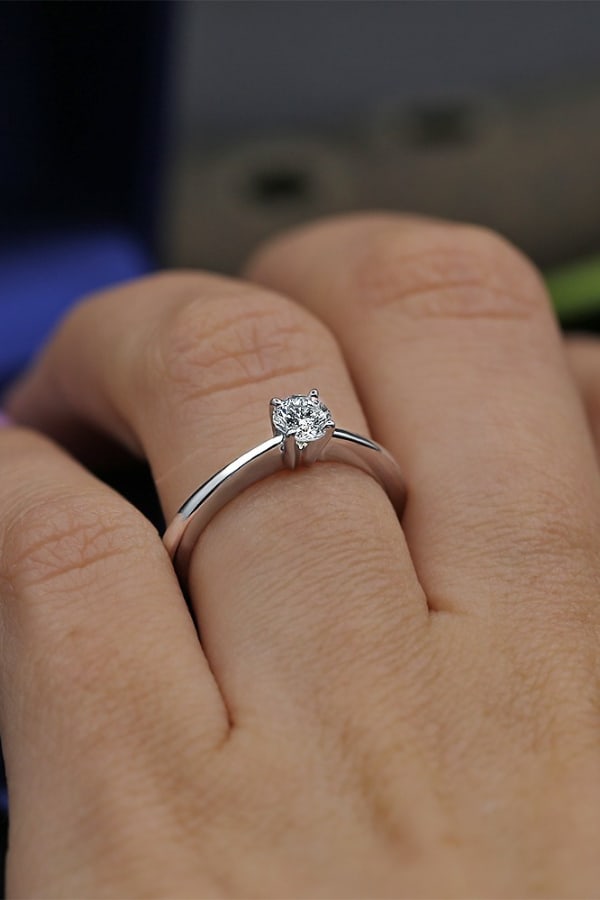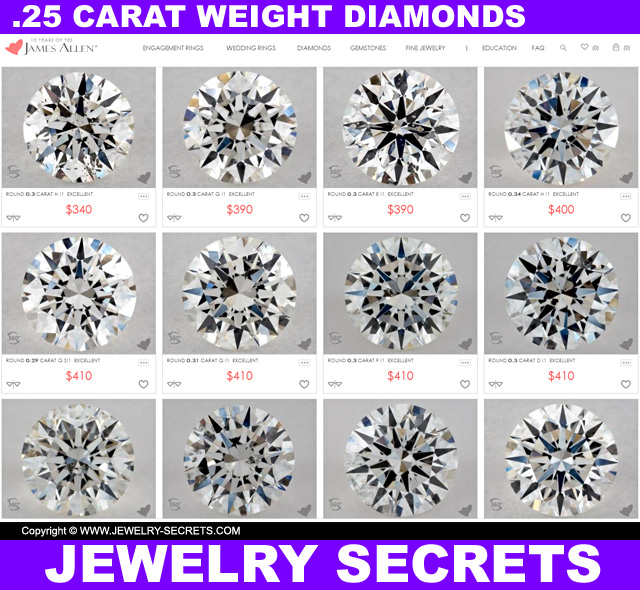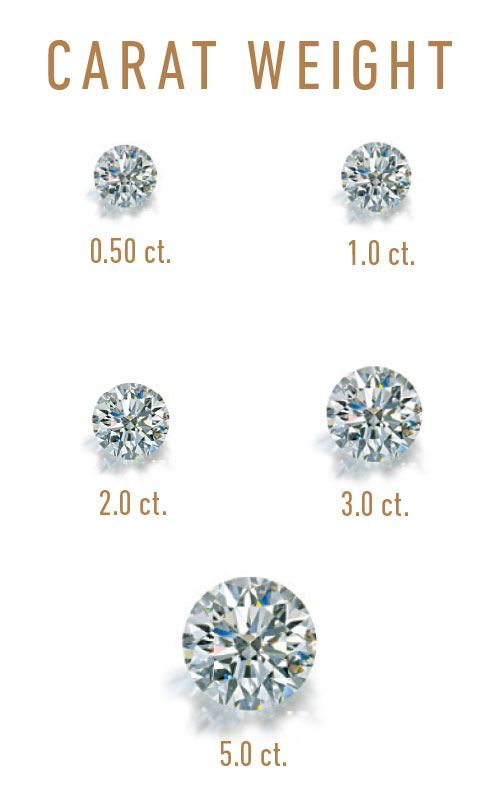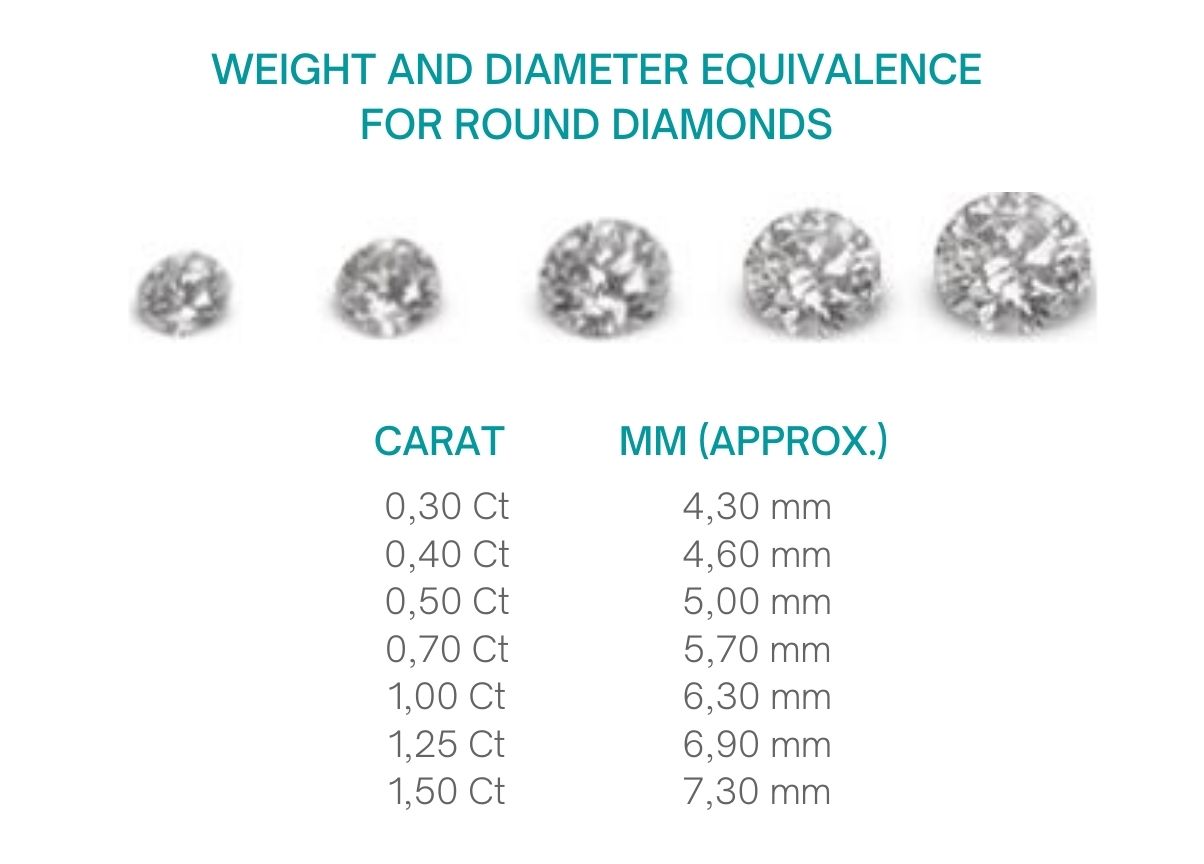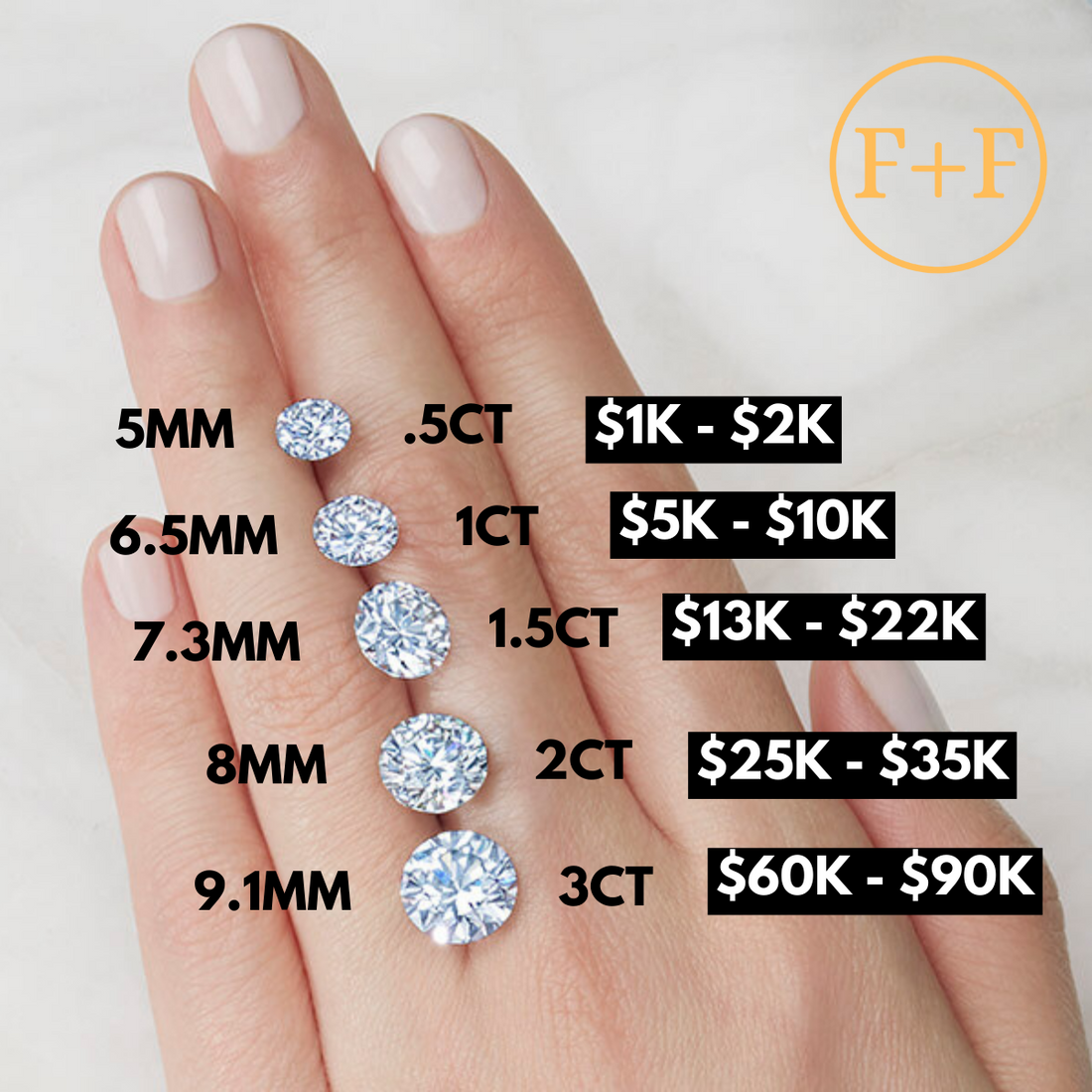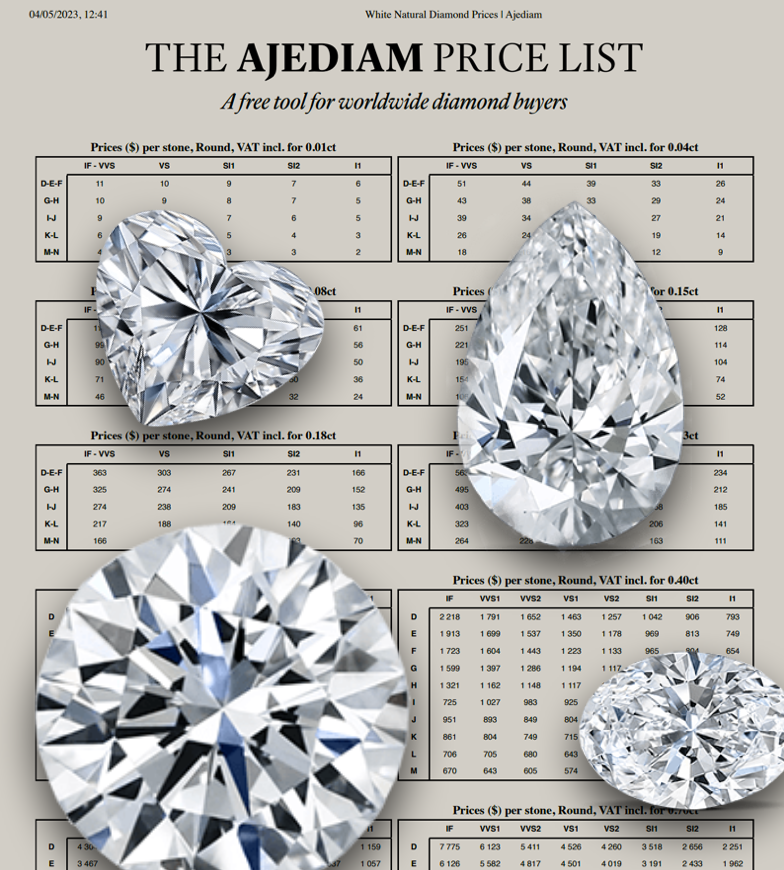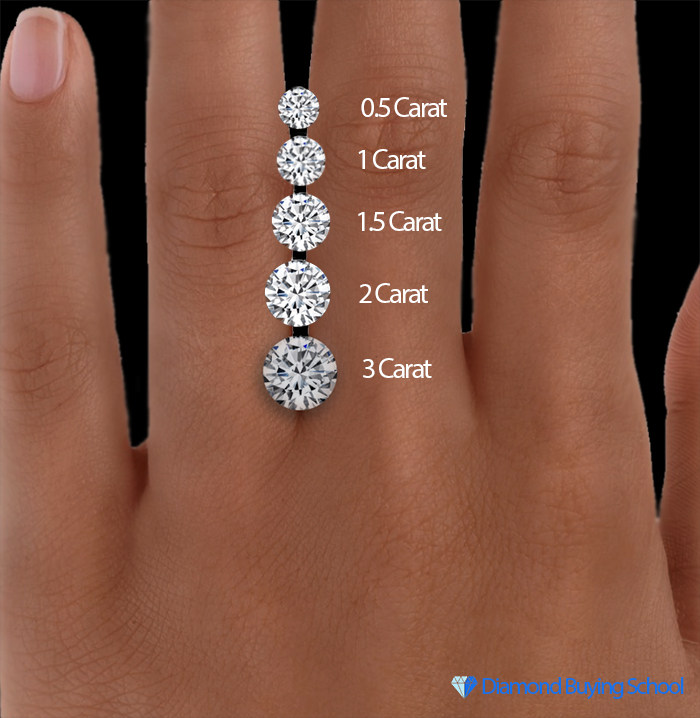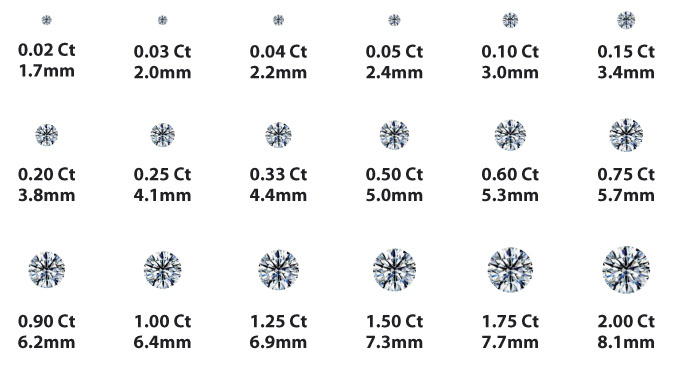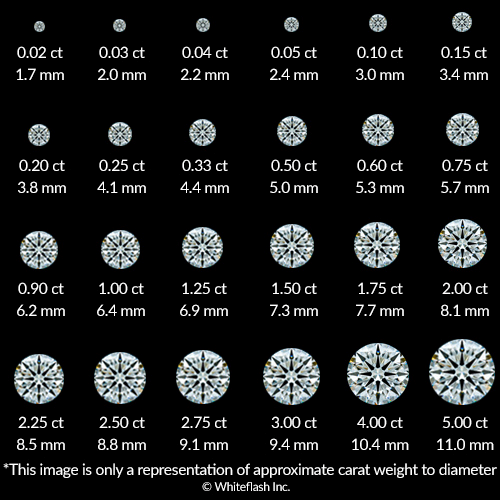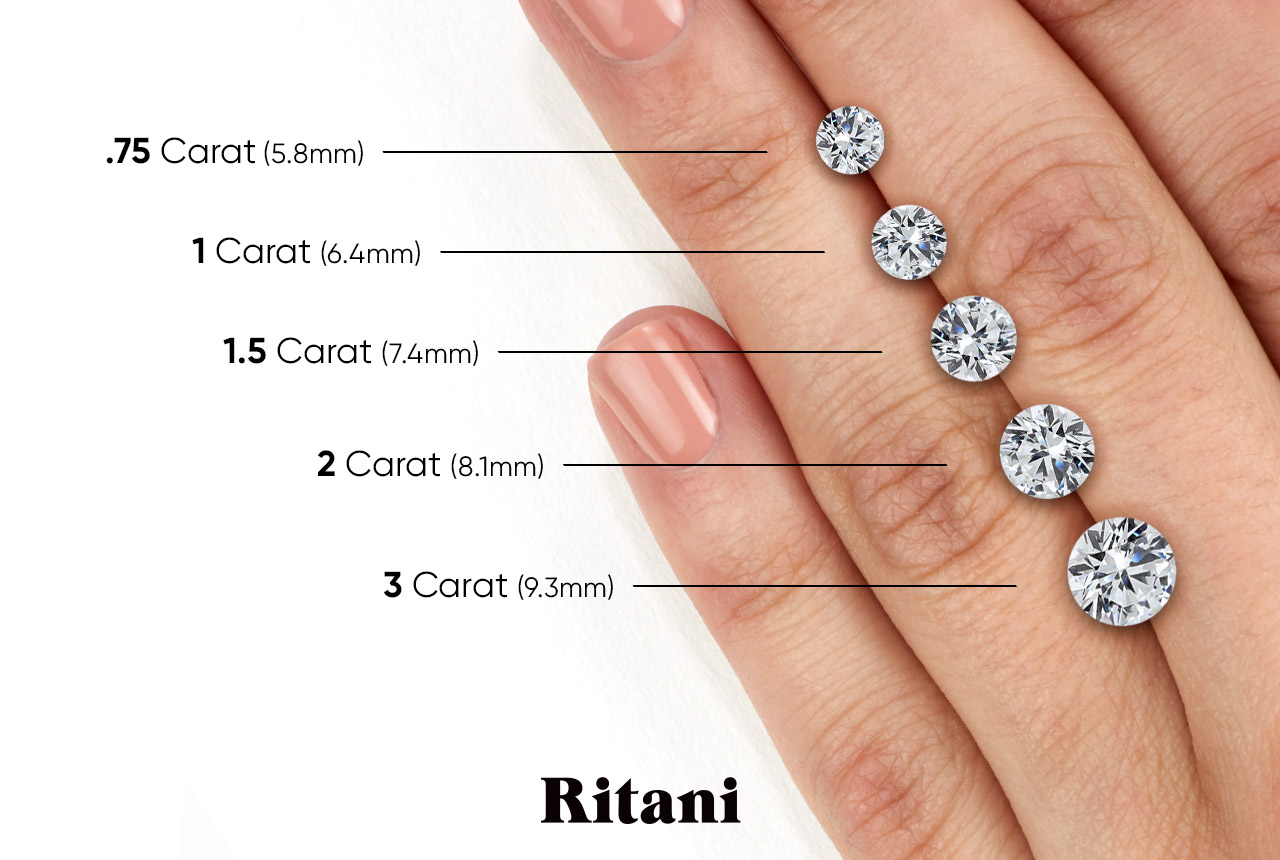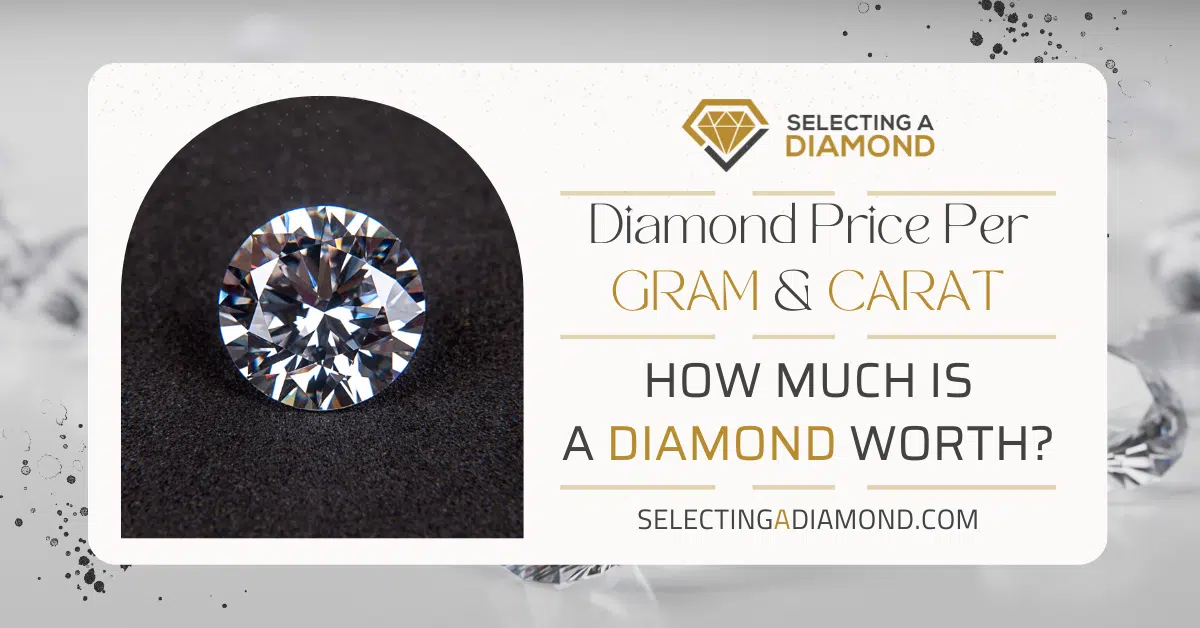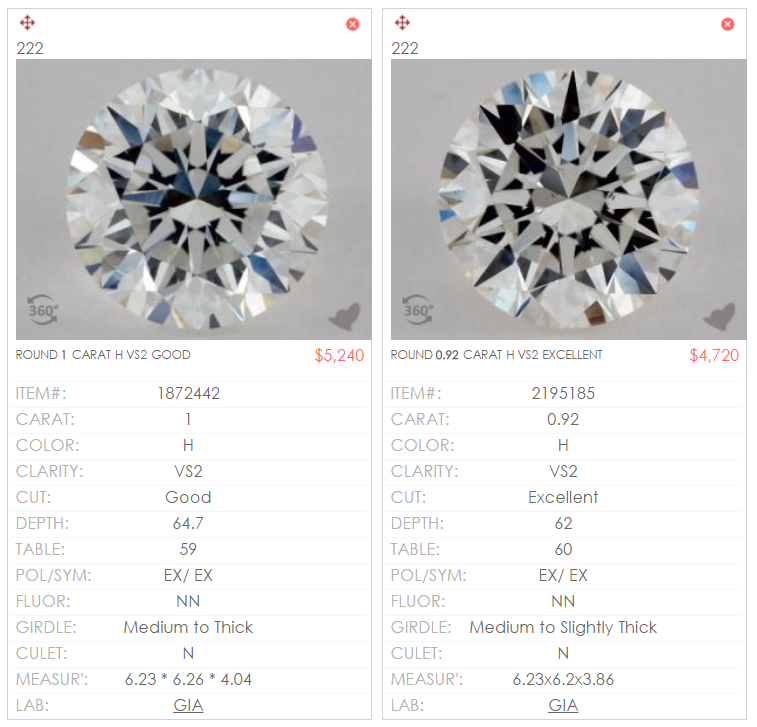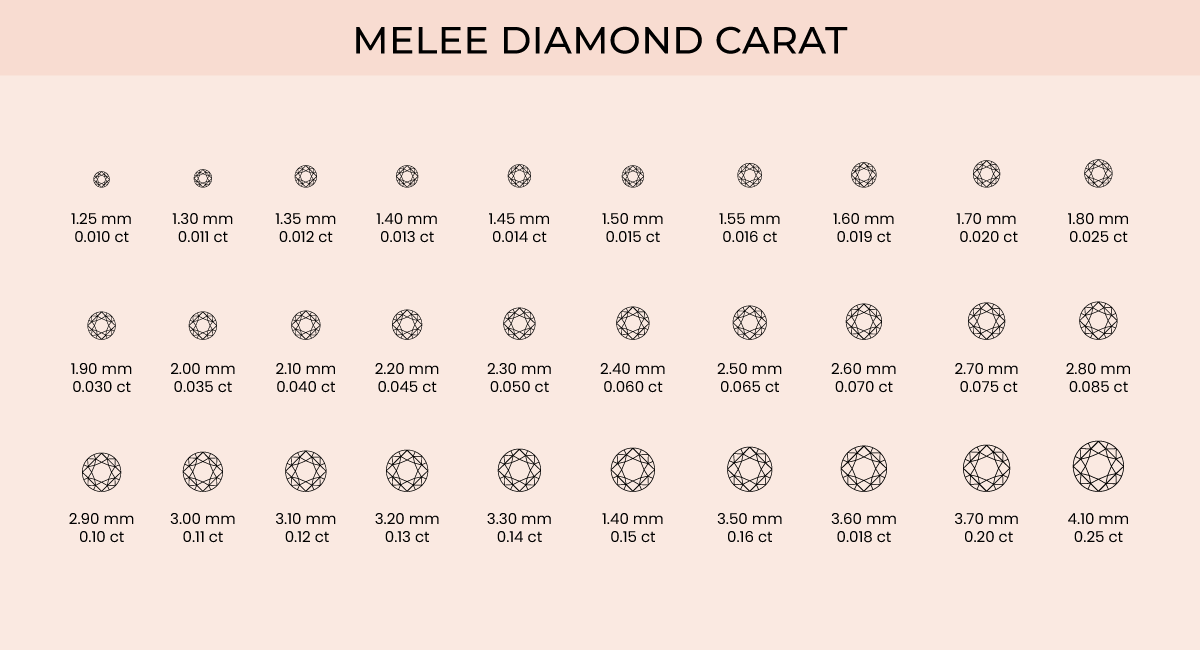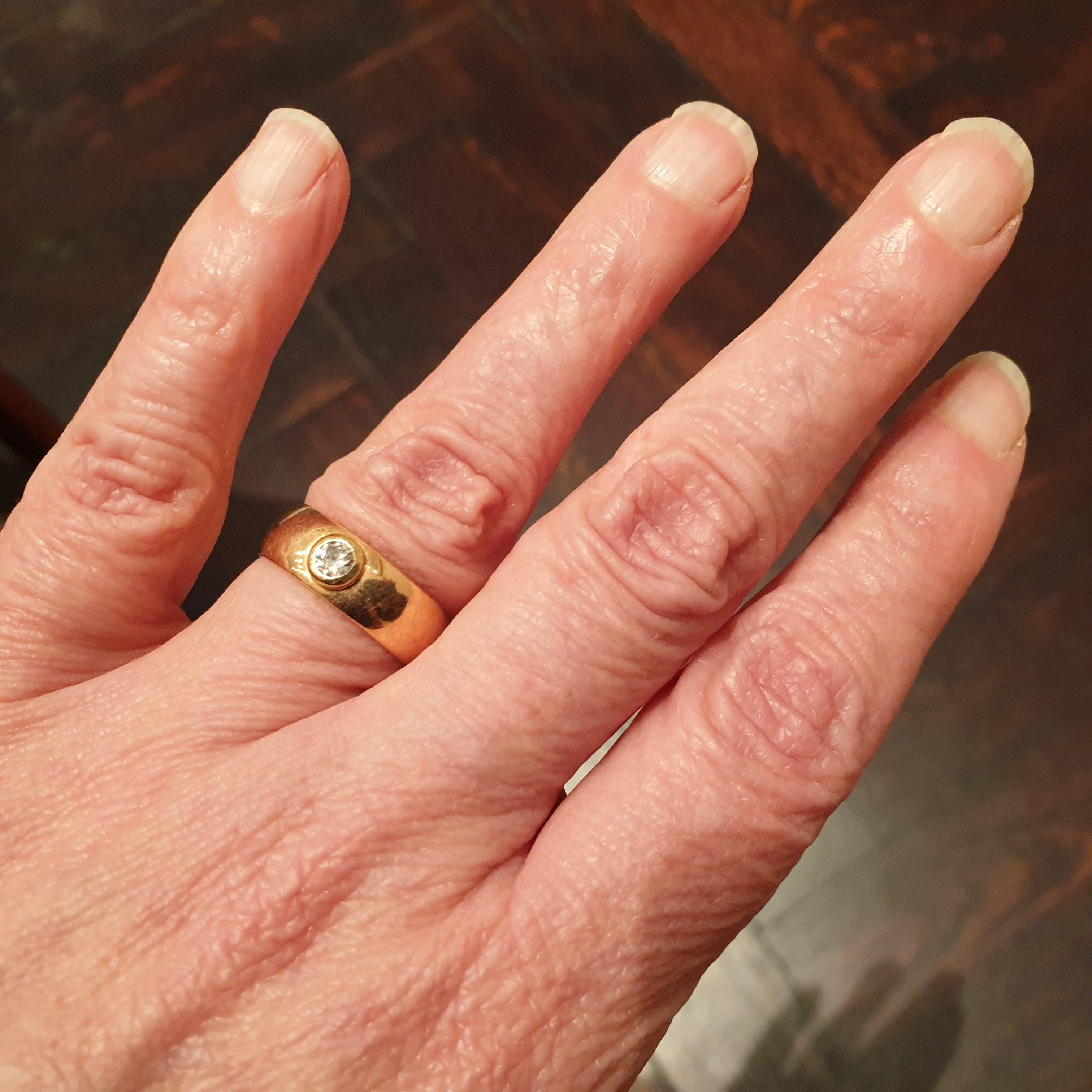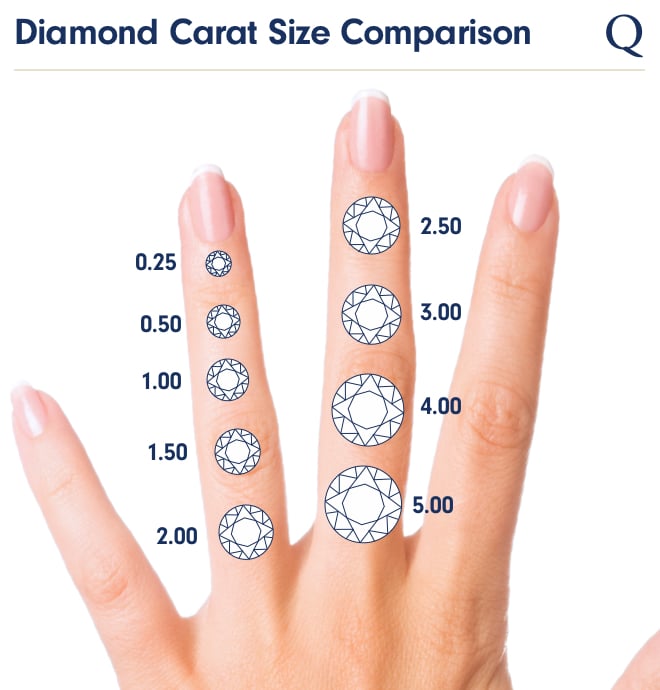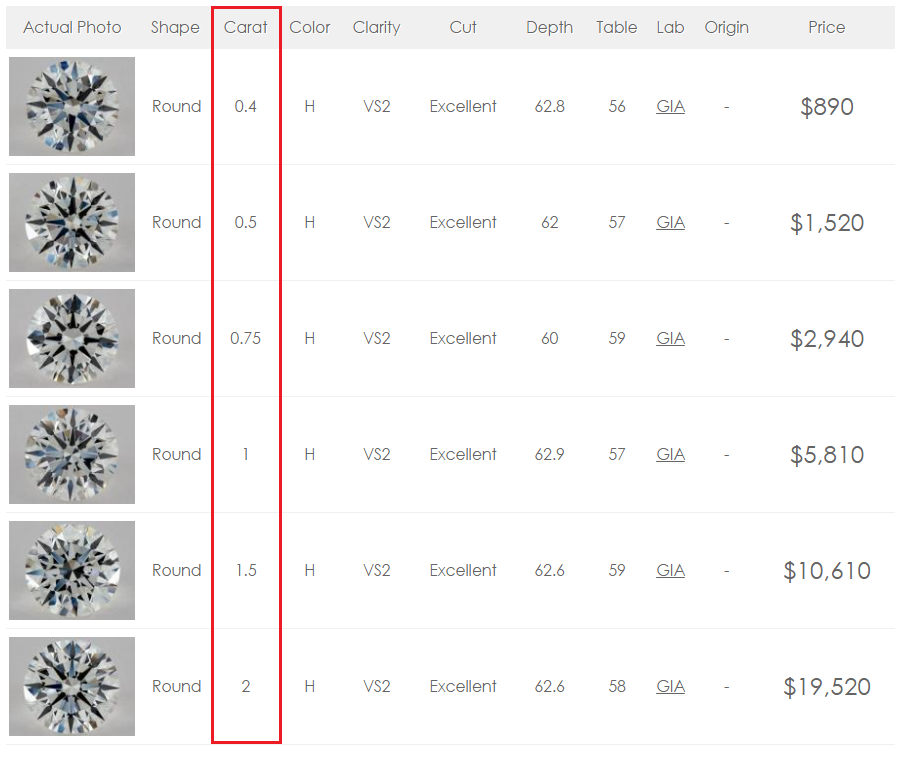How Much Is A 0.25 Carat Diamond Worth
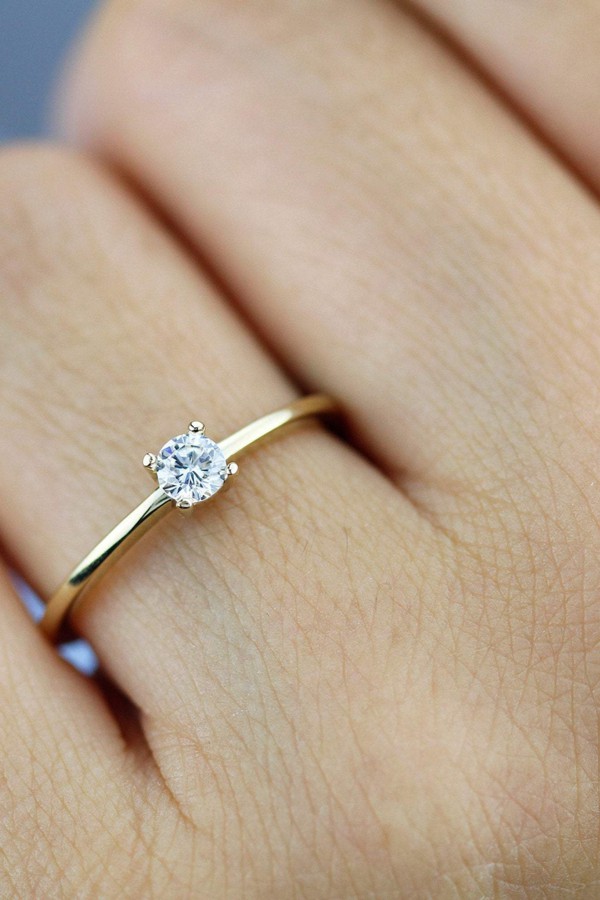
The glint of a diamond, regardless of size, carries a certain allure. But beyond the sparkle lies a complex valuation system, especially when considering smaller stones like a 0.25 carat diamond. Understanding the factors influencing the price of these petite gems can empower buyers and sellers alike to navigate the market with confidence.
This article delves into the worth of a 0.25 carat diamond, exploring the key characteristics that shape its value, examining current market trends, and providing insights for those looking to buy or sell. This detailed analysis will untangle the variables at play, offering a clear picture of what a quarter-carat diamond is truly worth.
The 4Cs: Unlocking Diamond Value
The universally recognized "4Cs" – cut, color, clarity, and carat – are the cornerstones of diamond valuation. Understanding how these elements interact is crucial to determining the worth of any diamond, including a 0.25 carat stone.
Cut: More Than Just Shape
The cut of a diamond refers to its proportions, symmetry, and polish. A well-cut diamond maximizes brilliance, fire, and scintillation, making it appear more lively and valuable.
According to the Gemological Institute of America (GIA), cut grades range from Excellent to Poor, with higher grades fetching premium prices. Even in smaller diamonds, cut plays a significant role in overall appearance and therefore value.
Color: Absence of Hue
In white diamonds, color is graded on a scale from D (colorless) to Z (light yellow or brown). Colorless diamonds (D-F) are the most sought-after and command the highest prices.
While slight color variations might be less noticeable in a 0.25 carat diamond compared to larger stones, they still influence the price. Subtle tints can significantly affect the diamond’s perceived brilliance.
Clarity: Internal Purity
Clarity refers to the absence of inclusions (internal flaws) and blemishes (external imperfections). Diamonds are graded on a scale from Flawless (FL) to Included (I3), with fewer imperfections equating to higher value.
In a smaller diamond, inclusions may be less apparent to the naked eye. However, even microscopic flaws can impact light performance and ultimately affect the stone's overall appearance and market value.
Carat: The Weight Factor
Carat is the unit of weight for diamonds, with one carat equaling 0.2 grams. While carat weight is a factor, it's essential to remember that a larger diamond is not necessarily more valuable than a smaller one.
The other 3Cs (cut, color, and clarity) play a crucial role in determining the overall worth. A poorly cut, heavily included, or yellow-tinted larger diamond can be less valuable than a smaller, higher-quality stone.
Market Value and Price Ranges
Based on data collected from reputable online retailers and diamond price guides, a 0.25 carat diamond can range in price from approximately $250 to $800. This range is highly dependent on the previously discussed 4Cs.
A diamond with excellent cut, colorless grade (D-F), and high clarity (IF-VS2) will command a higher price. Conversely, a diamond with a lower cut grade, noticeable color, and visible inclusions will be priced at the lower end of the spectrum.
Fluctuations in the diamond market, influenced by factors like supply, demand, and global economic conditions, can also impact prices. For example, during periods of high demand, prices tend to increase, while periods of economic downturn may lead to price decreases.
Where to Buy and Sell
Diamonds can be purchased from various sources, including brick-and-mortar jewelry stores, online retailers, and private sellers. Each option has its pros and cons in terms of pricing, selection, and security.
Reputable online retailers like Blue Nile and James Allen offer a wide selection of certified diamonds and often provide competitive pricing. However, it's crucial to verify the authenticity and certification of the diamond before making a purchase.
Selling a 0.25 carat diamond can be more challenging, as resale values are generally lower than retail prices. Options include selling to jewelry stores, pawnshops, or online marketplaces. Getting multiple appraisals is recommended to ensure a fair price.
Looking Ahead: Diamond Market Trends
The future of the diamond market is influenced by several factors, including the rise of lab-grown diamonds, changing consumer preferences, and ethical sourcing concerns. Lab-grown diamonds, which are chemically identical to mined diamonds, offer a more affordable alternative and are gaining popularity.
Consumer awareness regarding ethical sourcing is also increasing, with many buyers seeking diamonds that are conflict-free and sustainably mined. These trends may impact the pricing and demand for natural 0.25 carat diamonds in the coming years.
Ultimately, the value of a 0.25 carat diamond is a complex equation, shaped by the interplay of the 4Cs, market conditions, and evolving consumer preferences. Buyers and sellers who are well-informed and conduct thorough research are best positioned to make informed decisions in this dynamic market.
